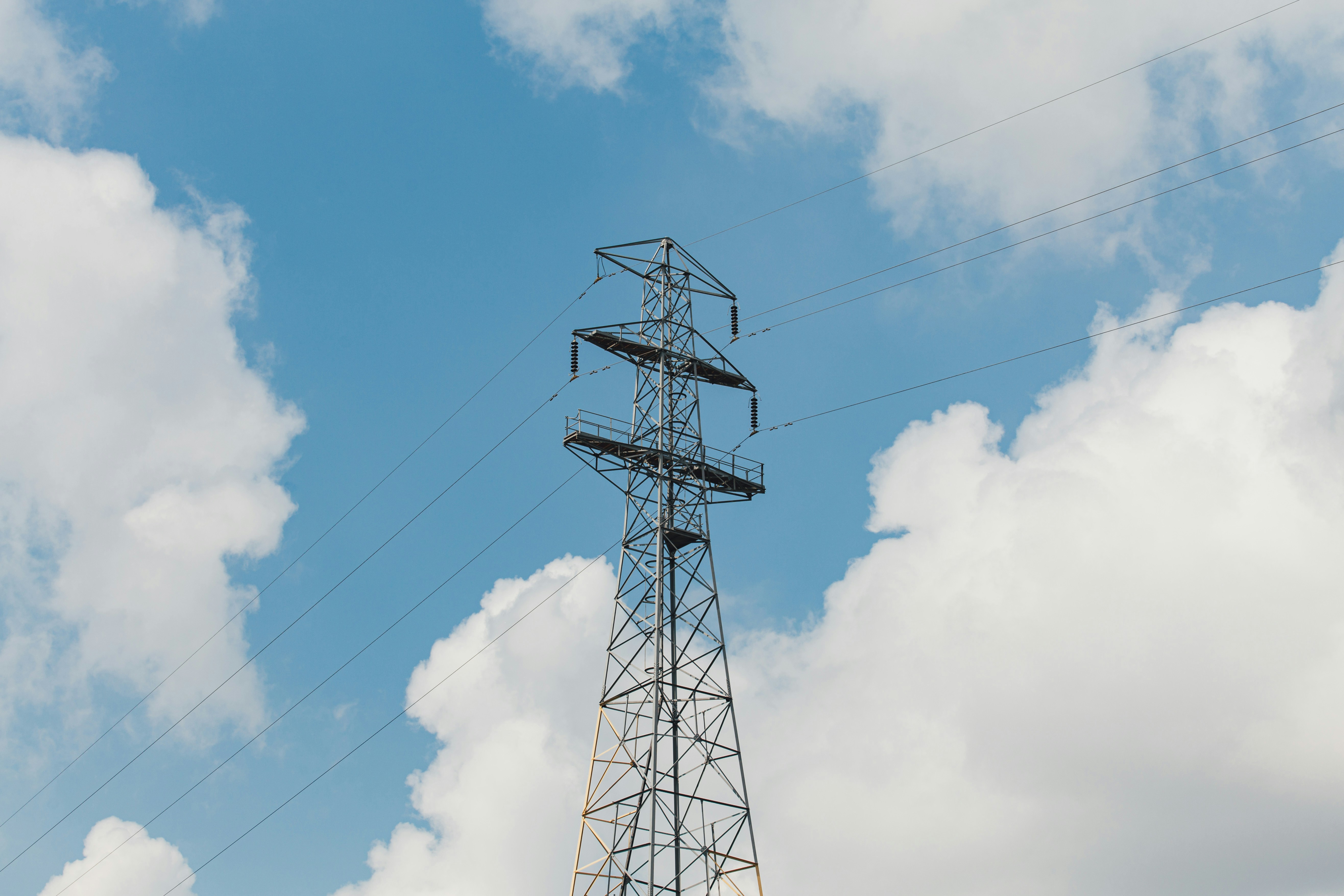Stable Policy, Stable Power: De-risking the UK Transition
The UK's energy policy must strike a critical balance between energy availability, affordability, security, and sustainability. While the push for a renewable-only future is understandable, a secure and stable energy transition is not possible without the continued use of oil and gas. A pragmatic approach, integrating domestic hydrocarbon production with renewable energy development, is the most effective way forward.
The Case for Domestic Hydrocarbons
1. Economic Stability
The UK is a net importer of gas and remains exposed to volatile international markets; net import dependency was 62.6% of supply in 2025 Q2 (prov.). As demonstrated after Russia's invasion of Ukraine, supply disruptions can sharply impact the UK's energy costs. Increasing domestic production from the North Sea can provide a buffer against these shocks and help stabilise prices for households and industries. Yet indigenous production declined by more than 10% in 2024, with quarterly output fluctuating sharply, highlighting the need for sustained investment to safeguard supply. The oil and gas sector also contributes significantly to the economy, supporting around 150,000 jobs and generating £6.1 billion in tax revenue in 2023/24.
2. Geopolitical Independence
The British Energy Security Strategy (Apr 2022) and subsequent policy statements explicitly link homegrown supply and infrastructure to energy independence and national security.
3. A Bridge to a Lower-Carbon Future
Rather than being an enemy of the energy transition, the hydrocarbon sector can be an enabler. Revenues from North Sea oil and gas can help fund crucial investments in offshore wind, carbon capture, and hydrogen projects. The expertise and infrastructure developed over decades in the oil and gas industry are also critical for advancing these new technologies.
The UK’s shortfalls
Policy volatility and the Energy Profits Levy (EPL) have weighed on confidence in parts of the basin. The EPL rate was increased to 38%, allowances were curtailed, and the levy extended to 31 Mar 2030 (or earlier if prices drop under ESIM thresholds). Industry and government are now consulting on a post-2030 regime. Meanwhile, UKCS production continues to decline as the basin matures.
Recommendations for UK Policymakers and Investors:
1. Stabilise the investment framework, not just volumes.
Prioritise predictable licensing, faster approvals and grid/ports build-out. Treat tie-backs and brownfield debottlenecking as near-term, low-carbon-intensity options that complement renewables, storage and interconnectors.
2. Re-evaluate the Windfall Tax
The government should re-evaluate the Energy Profits Levy to ensure it supports rather than penalises investment. High tax rates have contributed to record-low domestic output and increased import dependence. A recalibrated levy would maintain energy security, protect economic value, and preserve critical supply chain capabilities.
3. Prioritise Homegrown Energy
The choice is not between oil and wind, but between prioritising homegrown energy or increasing reliance on imports. Domestic production ensures a stable, controllable supply of hydrocarbons while providing the skilled workforce and infrastructure needed for a balanced energy mix.
4. Recognise the Role of Hydrocarbons in the Transition
It is unrealistic to expect hydrocarbons to be rapidly eliminated from energy production. They are indispensable not only for electricity but also for critical industrial and transport uses like plastics, fertilisers, and aviation, which are difficult to replace.
A balanced pathway does not pit wind against wells; it sequences them. By stabilising the fiscal framework for mature North Sea assets, accelerating approvals for low-carbon tie-backs and grid/port upgrades, and ring-fencing receipts for renewables, CCUS and hydrogen deployment, the UK can reduce import exposure today while building the clean system of tomorrow. Done well, this approach protects skilled jobs, preserves critical supply chains and channels public revenues into firm, affordable, low-carbon power, creating a durable bridge from hydrocarbons to net zero.



